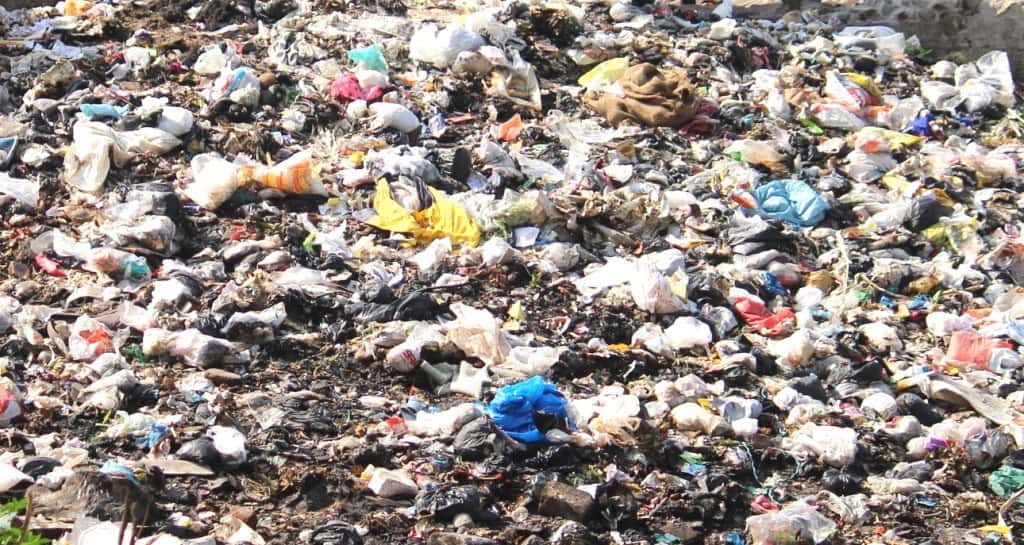There’s something hugely depressing about the news that the base camp on the Tibetan side of Everest has been closed due to the heaps of trash left by visitors.
The move, by the Chinese government, follows the removal of eight tons of rubbish from the site – including discarded mountaineering equipment and human faeces – during three clean-up operations last spring.
Everest has even been dubbed “the world’s highest garbage dump” by unimpressed observers.
[vc_video link=’https://youtu.be/6jCmYUQ1Q88′]
Located at 5,200 metres and, unlike the camp on the Nepalese side of the mountain, accessible by car, the Tibetan base camp attracted more than 40,000 visitors in 2015, drawn by the spectacular views of the world’s highest peak.
For the time being, access is now strictly off-limits to all those without a climbing permit – and with only 300 permits being issued annually, that probably means you.
Trashy tourists
The issue of littering at natural wonders or historical sites is one that has plagued tourism ever since global travel entered the mainstream.
Whether scattered across the ancient citadel of Machu Picchu in the Peruvian Andes or strewn along some of Thailand’s most stunning beaches, tourist trash can take the shine off even the most impressive destination.
Plastic packaging, beer cans, cigarette butts, and – in the case of Everest – yes, even human waste – the detritus left by visiting hordes is a serious concern for local tourism authorities.
Thankfully they’re not alone.
Leave No Trace
Leave No Trace is a set of seven guiding principles promoting ethical travel and conservation which were developed as a result of the rise in visitor numbers to US national parks in the 1960s and 70s.
Intended to minimise the potential for damage caused by hikers, backpackers and general outdoorsy-types when visiting areas of natural beauty, the principles can just as easily be applied to any cherished location where preserving the sense of wonder is of paramount concern.
Central among the principles is the idea of planning ahead for any visit. This may mean taking trash bags along so waste can be bagged up and carried back to civilisation or it could be researching your route so as not to unwittingly wander into protected spots.
Either way, preparation can go a long way in ensuring that your visit has a minimal impact on the environment.
Not just for nature
The Leave No Trace philosophy also urges travellers not to remove or damage the physical infrastructure of natural sites – whether that’s pulling branches off live trees or defacing structures with graffiti.
Indeed, anyone who has visited Cambodia’s awe-inspiring Angkor Wat temple complex – and witnessed the numerous messages carved into the building stones of 800-year-old structures – can probably attest that a heart symbol scrawled above ‘2004’ doesn’t add much to the experience.
Leave No Trace – which was developed into a non-profit organisation of the same name in 1994 – is one way travellers can ensure that future generations get the same buzz from visiting some of the planet’s most glorious locations.
When Everest’s northern base camp reopens, meanwhile, let’s hope its returning visitors read up on it.









